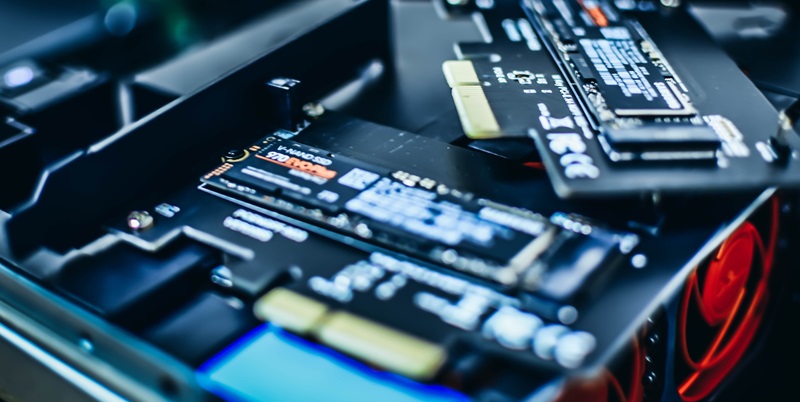In the year 2023, SanDisk external solid-state drives (SSDs) have been plagued by an onslaught of negative press due to sudden failures. Users experienced data loss and unreliable performance, raising concerns about the durability and quality of these popular storage devices. In response to the outcry, SanDisk promised a firmware fix to rectify the issue. However, an in-depth analysis conducted by data recovery firm Attingo reveals that the root cause of these failures lies in a hardware failure stemming from poor design and manufacturing practices. This raises questions about whether the firmware fix is merely a temporary band-aid covering a more significant problem.
Promise of Firmware Fix
SanDisk swiftly responded to the mounting complaints and delivered on their promise of a firmware fix. Users were hopeful that this software update would resolve the issues and restore their trust in SanDisk SSDs. While the firmware fix offered immediate relief to some users, its effectiveness is now being called into question.
Analysis by Attingo
In an interview with the Austrian website FutureZone, Attingo disclosed its findings after analyzing numerous dead SanDisk SSDs. According to Attingo’s research, premature drive failure can be attributed to hardware failures caused by inherent design and manufacturing flaws. This revelation raises doubts about the effectiveness of relying solely on a firmware fix to permanently solve the problem.
Hardware Design and Manufacturing Issues
Attingo unequivocally claims that the main culprits behind the persistent failures are inadequate hardware design and substandard manufacturing practices. One significant issue is the size of Western Digital’s components used in SanDisk SSDs, which are physically too large for the board. This results in a subpar connection to the thermal pads, leading to higher temperatures than expected during operation.
Substandard Soldering
Additionally, Attingo highlights a crucial aspect of the manufacturing process: the soldering. The solder used to connect components to the board is substandard and prone to creating bubbles instead of forming a solid connection. Over time, these bubbles can undermine the reliability and performance of the drive, eventually causing it to disconnect from the system.
Drive Disappearance and Unreliable Connection
When substandard components and soldering come into play, SSDs face critical issues such as drive disappearance. The unreliable connection, caused by these inherent flaws, can lead to the drive vanishing from the system unexpectedly. Users are left frustrated by the sudden data loss and impaired functionality of their SanDisk SSDs.
Western Digital’s Response
Taking note of the gravity of the situation, Western Digital, the parent company of SanDisk, has responded swiftly. They have released a new firmware update for their SanDisk external drives, aiming to mitigate the ongoing issues. Furthermore, Western Digital has also implemented a proactive measure by applying epoxy resin to the components of newer versions of the drives. This solution ensures a more secure and reliable connection between the components and the board.
The series of failures experienced by SanDisk external SSDs in 2023 has shed light on the critical hardware flaws present in the devices. The firmware fix promised by SanDisk, while providing temporary relief, cannot entirely resolve the underlying hardware issues. Attingo’s analysis has exposed the poor design and manufacturing practices, particularly with the inappropriate size of components and substandard soldering. As Western Digital takes steps towards rectification, only time will tell if these measures are enough to restore consumer faith in SanDisk SSDs and prevent future hardware failures.

